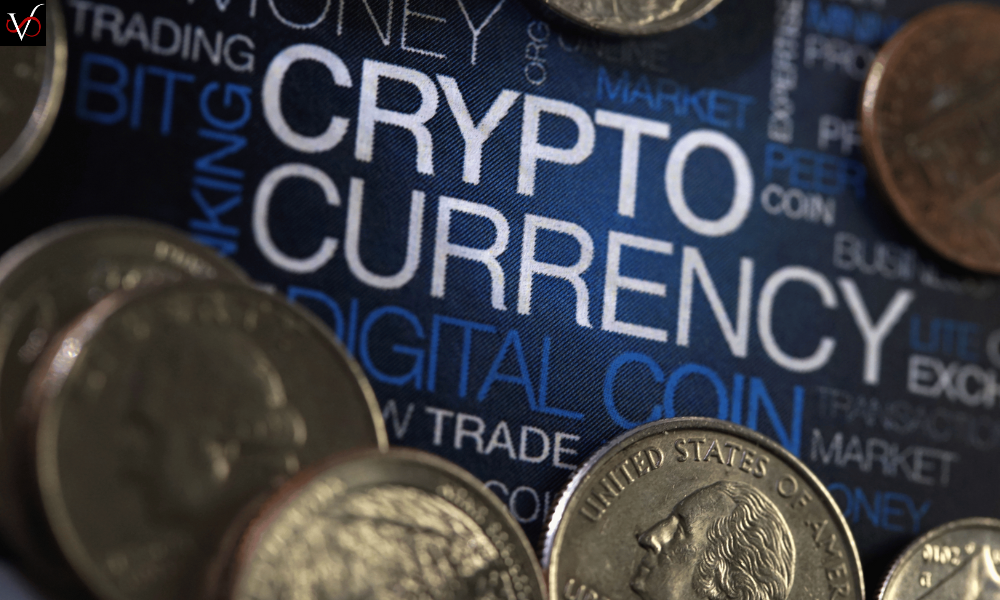As we pass the midpoint of 2025, the crypto world once again finds itself at a critical juncture. After the devastating crash in late 2022 and the subsequent recovery cycles, digital assets are no longer riding solely on hype or rebellion against traditional finance. Instead, they’re facing a complex terrain of regulatory clarity, institutional adoption, digital dollar innovations, and risk-aware retail investors. The key question remains: Is crypto on a true comeback—or quietly setting the stage for another collapse?
The short answer? It’s both. And 2025 is the year that shows us how nuanced this ecosystem has become.
Market Resilience, or Delicate Balancing Act?
Bitcoin regained its $60,000+ territory in Q2 2025, a sharp rebound driven by cooling inflation, reduced interest rates, and stronger regulatory frameworks. Ethereum’s shift to full proof-of-stake and Layer-2 scalability upgrades helped regain market confidence. But unlike previous bull runs, this growth is tethered to fundamentals—especially institutional backing.
Asset managers like BlackRock, Fidelity, and Vanguard now offer crypto-index ETFs. Bloomberg reports over $15 billion flowed into digital asset ETFs in Q1 2025 alone. Big tech platforms like PayPal and Stripe are integrating stablecoins for merchant payments. This legitimacy layer gives the illusion of stability—but the market remains deeply volatile.
Retail investor behavior has also matured. Gamified trading apps are being replaced with long-term wallets and cold storage. The average holding period of Bitcoin has doubled since 2022, according to Glassnode data. This shift signals a growing belief that digital assets are here to stay—but not necessarily in their current form.
Yet lurking beneath the surface is a systemic dependency on a few powerful players. The risk? Centralization of influence. Coinbase, Binance, and a handful of funds still hold disproportionate sway over liquidity, token launches, and retail narratives.
Regulation, Scams, and the Trust Problem
2025 is also the year of compliance crackdown. The SEC, in tandem with the European Union’s MiCA framework, is enforcing stricter guidelines on ICOs, stablecoin reserves, and decentralized finance (DeFi) platforms. The ripple effect has been mixed. On one hand, investor protection has increased. On the other, innovation is being stifled by heavy legal burdens.
But regulation is necessary—especially when considering the wave of fraud that tainted 2023 and 2024. High-profile DeFi rug pulls, AI-generated crypto scams, and NFT market manipulation forced platforms to tighten security. New tools powered by blockchain forensics and AI auditing are helping investors trace malicious actors, but the ecosystem is still far from foolproof.
Many tokens have seen wild valuation swings. Projects with questionable fundamentals still thrive thanks to speculative momentum. Memecoins like DOGE and PEPE are having resurgences, underscoring that while investors are smarter, FOMO (fear of missing out) remains a dominant force.
The crypto landscape in 2025 is like a high-stakes poker game—part data science, part psychology, and part regulatory chess.
So, What’s the Verdict?
Crypto isn’t dead, but it’s certainly evolving. If 2021–2022 was about speculative euphoria, and 2023–2024 was about painful correction, then 2025 is about strategic recalibration.
Smart investors aren’t just “buying the dip” anymore. They’re:
- Diversifying across Layer 1 and Layer 2 networks
- Using regulated exchanges and cold storage
- Allocating no more than 5–10% of their portfolio to volatile tokens
- Watching for real-world utility—from cross-border payments to decentralized identity solutions
The most promising projects in 2025 are those building bridges to traditional finance, compliance, and tangible use cases. Look at:
- Chainlink for decentralized data feeds
- Circle for USD Coin integration
- Arbitrum and Optimism for Ethereum scalability
- Ledger for cold storage security
These are the signals of crypto’s future—not the noise of pump-and-dump Telegram channels.
The biggest lesson from 2025? Digital assets aren’t just alternative investments anymore—they’re being woven into the global financial fabric. But that fabric is still delicate.
If you’re investing now, do so with clarity, not hope. Study tokenomics. Follow on-chain data. Diversify. And most of all, understand that in crypto, timing the market is less important than time in the market.






Leave a Reply